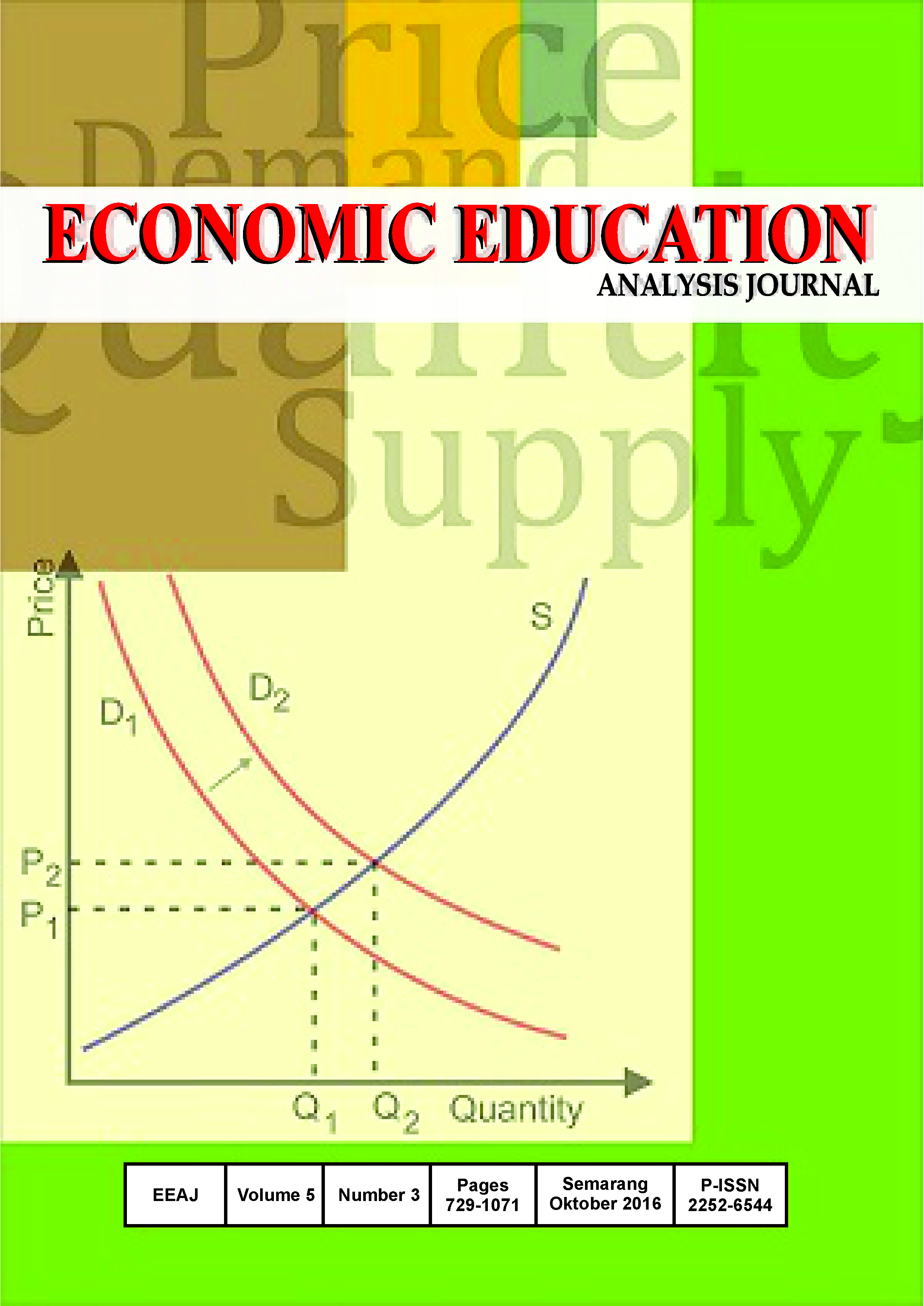PENERAPAN MODEL PEMBELAJARAN TEAMS GAMES TOURNAMENT (TGT) BERBANTU MEDIA MONOPOLI PADA KOMPETENSI DASAR MENGURUS ATAU MENJAGA SISTEM DOKUMEN UNTUK MENINGKATKAN KEAKTIFAN DAN HASIL BELAJAR SISWA
Main Article Content
Abstract
Tujuan dari penelitian ini adalah untuk mengetahui apakah model pembelajaran Teams Games Tournament (TGT) berbantu media monopoli dapat meningkatkan keaktifan dan hasil belajar siswa kelas X AP2 SMK Hidayah Semarang. Penelitian tindakan kelas ini dilakukan di SMK Hidayah Semarang, subjek penelitian adalah kelas X AP2 yang berjumlah 27 siswa yang akan diteliti keaktifan dan hasil belajar melalui model pembelajaran TGT berbantu media monopoli. Penelitian ini terdiri dari empat tahapan tiap siklusnya, yaitu tahap perencanaan, pelaksanaan, pengamatan, dan refleksi. Prosedur penelitian tindakan kelas terdiri dari dua siklus. Metode pengumpulan data yang digunakan dalam penelitian ini adalah dokumentasi, observasi, dan tes. Hasil penelitian menunjukkan bahwa persentase keaktifan belajar siswa sebesar 55,34%, dan hasil belajar siswa diperoleh persentase ketuntasan klasikal sebesar 55,56% dengan nilai rata-rata sebesar 74,07 pada siklus I. Pada siklus II persentase keaktifan belajar siswa mengalami kenaikan menjadi 76,3% dan hasil belajar siswa diperoleh persentase ketuntasan klasikal sebesar 88,89% dengan nilai rata-rata 78,7 juga mengalami kenaikan dari siklus sebelumnya.
The purpose of this research was to determine whether the learning model teams tournament games (TGT) assisted monopoly media can enhance the activity and learning outcomes of class X AP of SMK Hidayah Semarang. This classroom action research conducted in SMK Hidayah Semarang, that research subject is X AP 2 totaling 27 students who will research the activity and learning outcomes through TGT learning model assisted monopoly media. This study consists of four stages of each cycle, ie planning, implementation, observation, and reflection. This class action research procedure consisted of two cycles. Data collection methods used in this research is documentation, observations, and tests. The results showed that the percentage of students 'learning activeness of 55.34%, and student learning outcomes obtained classical completeness percentage of 55.56% with an average of 74.07 in cycle I. In the second cycle students' activeness percentage increased to 76.3% and student learning outcomes obtained classical completeness percentage of 88.89% with an average value of 78.7 also increased from the previous cycle.
